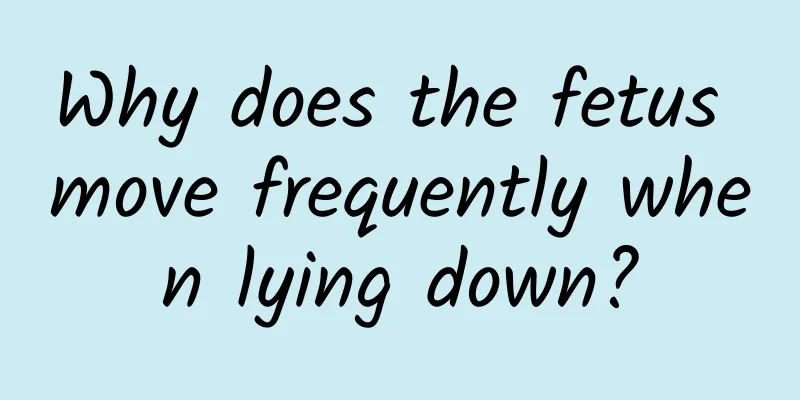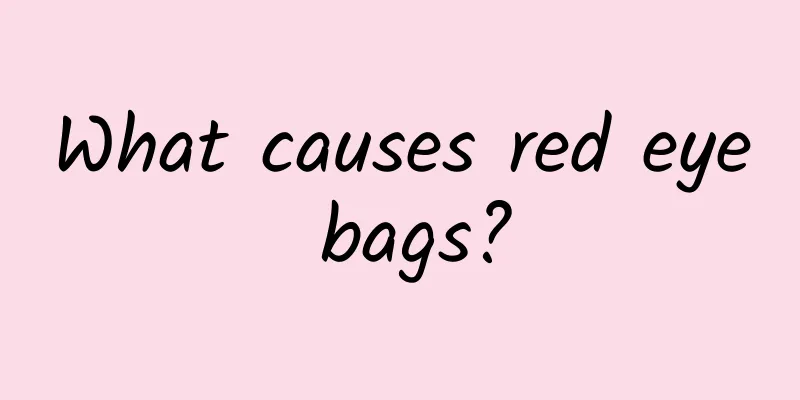What to do if a rash appears after a high fever subsides

|
After a high fever, the child develops a rash, which is called roseola, also known as fever rash or roseola. It is a sudden rash caused by a viral infection. Parents should not worry too much about the occurrence of this roseola. This rash has a certain self-limiting nature. Although it is also contagious, it is not as contagious as measles and chickenpox. After a certain amount of conditioning, the child will recover. What to do if your baby develops a rash after having a fever Roseola infantum, also known as fever rash or roseola, is a sudden rash caused by a viral infection. It can occur throughout the year, but is more common in spring and autumn. The incubation period of roseola infantum is approximately 10-15 days. Although it is a contagious disease, it is very safe and will not spread as widely as measles or chickenpox. The chance of family members being infected at the same time is low. Roseola infantum mostly occurs in infants and young children aged 6 to 18 months. The disease often develops suddenly, with a rapid rise in body temperature, usually between 39°C and 40°C. Severe patients with high fever in the early stages may have convulsions, and some may experience mild runny nose, cough, eyelid swelling, and conjunctivitis. During the fever period, there are symptoms such as poor appetite, nausea, vomiting, mild diarrhea or constipation, as well as congestion in the pharynx and swollen lymph nodes in the neck. After three to five days of fever, the body temperature drops suddenly. After the fever subsides, the child may develop light red macules or maculopapules of varying sizes all over the body, starting from the chest and abdomen and quickly spreading to the whole body. At this time, the child's fever has subsided and he can fall asleep peacefully. This is medically called "fever rash", which is a unique manifestation of roseola infantum. There are two stages of rash after a baby has a fever. After a latent period of 5-15 days, the following symptoms will appear: 1. The body temperature reaches 39-40℃, but the child is in good condition. 2. Sometimes high fever convulsions occur, but some children also have symptoms such as cough, swollen lymph nodes in the neck, and ear pain. The second stage begins about 4 days after the onset of the disease. The symptoms at this time are: 1. Body temperature quickly returns to normal. 2. Small, clear pink spotted rashes appear, mostly on the head and trunk, and may last for about 4 days. What to do if your baby has a fever 1. Maintain air circulation in the home: If the home has air conditioning, maintain the room temperature between 25℃-27℃. You can place your baby in an air-conditioned room or use an electric fan to blow around him to slowly lower his body temperature and make him feel more comfortable. But if the limbs are cold and the patient is shivering violently, it means that the patient needs warmth, so he should be covered with a blanket. But parents must remember that they must not let their babies face the air conditioner or electric fan to cool down. 2. Take off too many clothes: If the baby's limbs and hands and feet are warm and the whole body is sweating, it means that the baby needs to dissipate heat, so he can wear fewer clothes. 3. Warm water bath: Undress the baby and rub the whole body with a warm water (37℃) towel. This will dilate the blood vessels in the baby's skin and release body qi. In addition, when water vapor evaporates from the body surface, it will also absorb body heat. 4. Use a cooling patch: It helps dissipate heat, but it is not recommended for younger babies because it is difficult for babies to turn their bodies, and an ice pillow can easily cause local overcooling or hypothermia. You can also use a cooling patch. When the water in the gelatinous substance of the cooling patch evaporates, it can take away the heat and will not cause excessive cooling. 5. Drink more water: Let your baby drink more water to help sweating and prevent dehydration. Water has the function of regulating temperature, which can lower body temperature and replenish water lost in the baby's body. 6. Use antipyretics: When the baby's core temperature (rectal temperature or ear temperature) exceeds 38.5℃, you can use antipyretic solutions or suppositories appropriately. 7. Send the baby to the hospital for treatment in time: When the baby's temperature exceeds 38.5℃, after taking antipyretics, or when parents do not know how to deal with it, the baby should be sent to the hospital in time for doctor treatment. |
<<: Why do I get a rash when I sweat and get blown by the wind?
>>: The difference between a baby rash and a fever
Recommend
What causes vomiting and diarrhea?
Many people often experience vomiting and diarrhe...
What are the health benefits of scraping?
With the continuous progress of our country, peop...
Does pressing the instep hurt the foot?
For ballet dancers or some competitive athletes, ...
The dangers of acne on the stomach
Acne on the stomach is also a relatively common t...
What to do if you feel upset in your stomach, fatigue, and drowsiness?
Gastrointestinal discomfort often causes fatigue ...
Diet therapy for bronchitis
There are many kinds of common diseases in life, ...
What should be checked for gout?
If redness, swelling and pain occur in the joints...
What is facial paralysis and what are its clinical characteristics?
Facial paralysis, also known as facial neuritis o...
Can I get pregnant during the safe period?
Don't think that the safe period is a real tr...
What are the herbs that replenish qi and blood?
Many female friends will experience endocrine dis...
Symptoms and treatment of myocarditis
Myocarditis is extremely painful, people may feel...
Stomach and intestines are always gassy
If there is always gas in the intestines, it may ...
What to do if you have testicular itching? How to prevent and treat testicular itching
Testicular itching is a very embarrassing thing f...
How to take care of a dull complexion?
A person's bad complexion will always affect ...
What to do if you have cerebral thrombosis and difficulty swallowing
Patients with cerebral thrombosis may encounter a...









